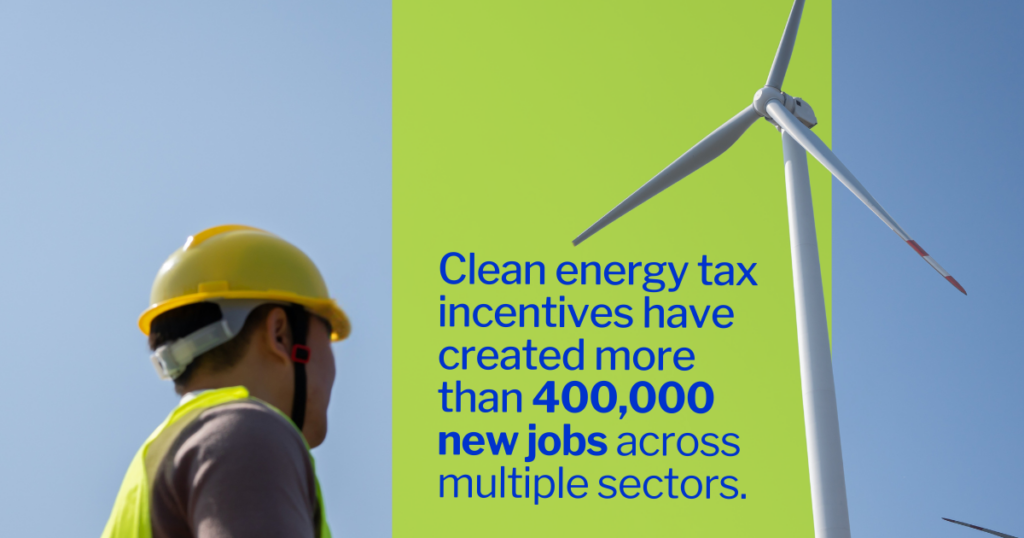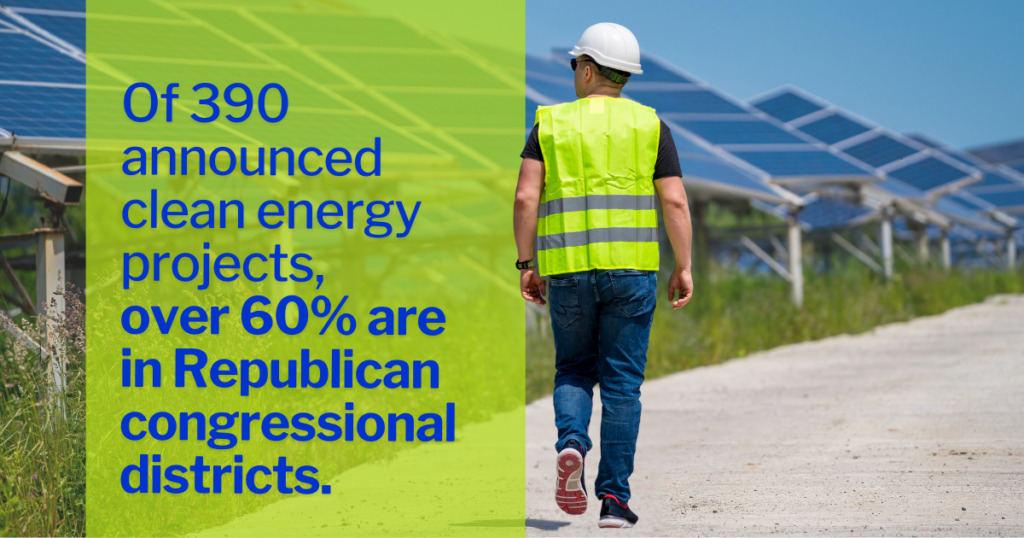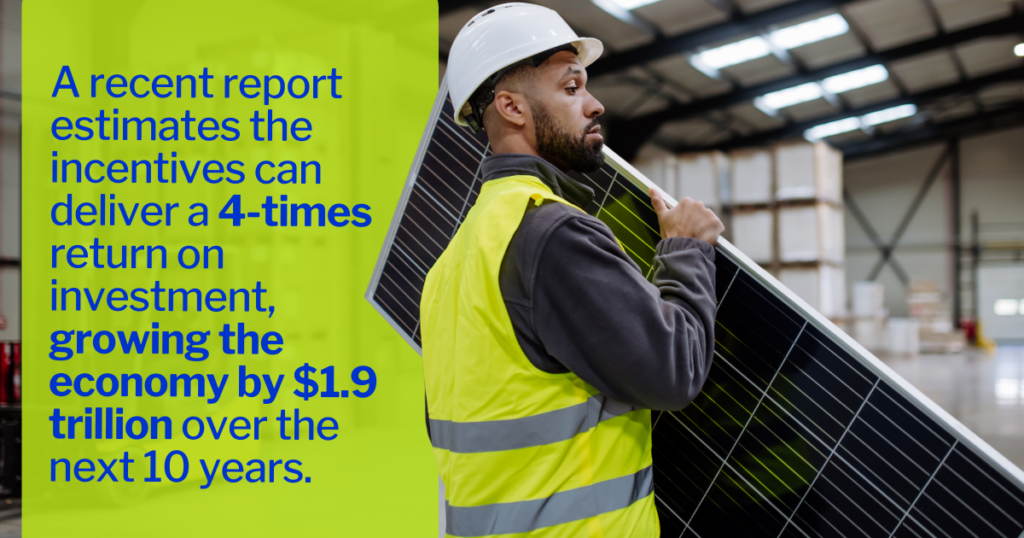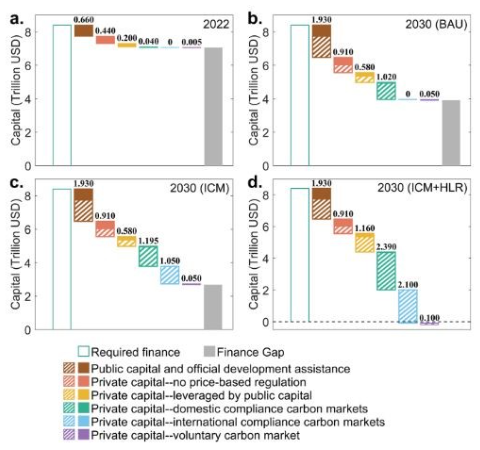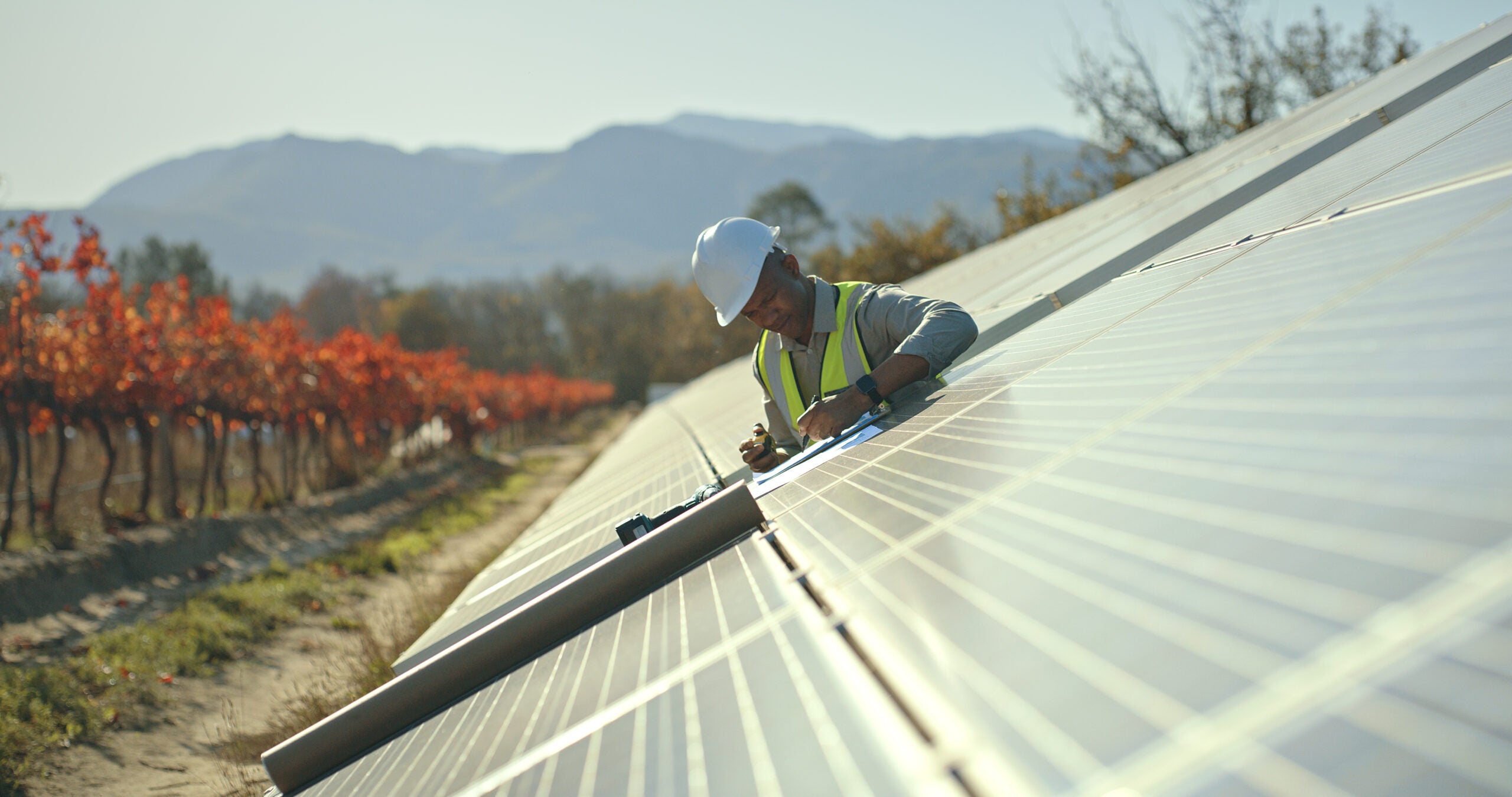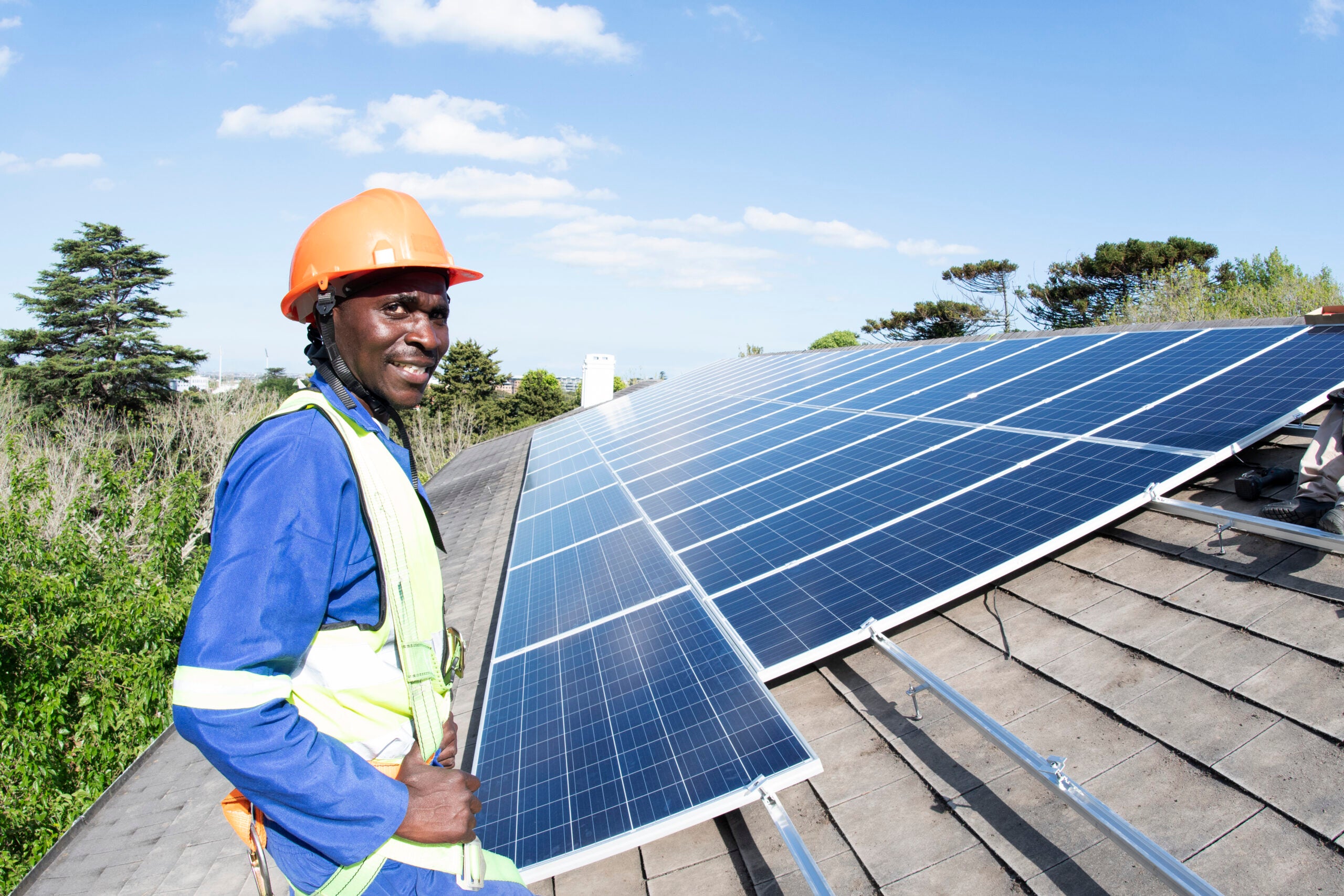Across the United States, climate change is driving more intense and frequent flooding, putting millions of homes and neighborhoods at growing risk. Flood insurance is one of the most important tools families have to recover and rebuild after disasters, but affordability challenges are increasingly leaving too many households without this essential protection.
In our new study, “Effects of Risk-Based Pricing Reform on Flood Insurance Uptake,” published in the Journal of Catastrophe Risk and Resilience, my coauthors Max Snyder, Carolyn Kousky, and I examine how the National Flood Insurance Program’s (NFIP) new pricing system (Risk Rating 2.0) is reshaping flood insurance coverage across the United States.
Risk Rating 2.0: modernizing pricing, but at a cost
Implemented by the Federal Emergency Management Agency (FEMA) in 2021 and 2022, Risk Rating 2.0 represents a significant update to the NFIP’s pricing methodology. It is designed to ensure that premiums reflect each property’s unique flood risk and cost to rebuild. The new system uses modern data and models to evaluate factors such as proximity to water, flood frequency, and property characteristics, rather than relying on outdated flood maps.
This reform has the potential to create important efficiency gains. By aligning premiums more closely with actual risk, Risk Rating 2.0 helps ensure premiums align with the costs of servicing the NFIP’s debt to the U.S. Treasury and may encourage households and communities to invest in adaptation to flood risk.
However, our research also reveals an unintended consequence. As premiums rise to reflect today’s risks, more households, especially those with lower incomes, are dropping their coverage. We find that since implementation of Risk Rating 2.0, there has been roughly an 11–39% decline in new NFIP policies and a 5–13% drop in renewals of existing policies, depending on how much premiums have increased. These reductions in coverage are largest in lower-income areas, suggesting that affordability barriers are pricing out the households most in need of protection.
The Rising Protection Gap and its Impact
Flood insurance is critical for financial recovery after disasters. When coverage declines, the number of households left unprotected grows, widening what experts call the “protection gap,” the divide between households exposed to flooding and those insured against it. Larger protection gaps can make recovery slower and more costly, increase reliance on federal disaster aid, strain local economies, and even raise the likelihood of mortgage delinquencies or defaults following floods.
The takeaway is clear: while risk-based pricing may promote adaptation to flood risk and can help manage the federal fiscal burden of the NFIP, it also creates a range of negative outcomes when households are unable to afford coverage.
Balancing risk-based pricing with affordable coverage
Risk Rating 2.0 is essential for aligning insurance rates with property-specific risks and communicating risk to property owners and as such should remain in place. At the same time, policymakers could consider the role of a means-tested affordability program to help low- and moderate-income households maintain their flood insurance coverage as premiums rise. The goal should be to implement a program that would preserve the benefits of risk-based pricing while keeping coverage within reach for those who need it most.
The study’s findings reinforce recommendations from EDF’s NFIP Policy Platform. It calls for coupling Risk Rating 2.0 with income-based affordability assistance to make coverage accessible to those least able to afford rising rates. It also highlights several complementary policies to strengthen and modernize the NFIP, including:
- Improving flood risk disclosure and transparency so homeowners and renters can better understand their risk and their options
- Modernizing FEMA’s flood mapping to better reflect a growing understanding of risk, including rainfall-driven flooding and increasing risk due to climate change.
- Expanding resources to support flood mitigation, including nature-based projects that can reduce losses and lower insurance costs over time.
Looking ahead: building equity into resilience
As climate change continues to intensify flood risk, we must ensure that flood insurance continues to reflect property-specific risks and affordable for low-income households. Risk Rating 2.0 represents a major step toward modernizing how we price flood risk and incentivize adaptation. But for the NFIP to succeed, affordability protections must evolve alongside pricing reforms.
By pairing accurate risk pricing with targeted financial support, we can close the flood protection gap, strengthen community recovery, and help ensure that every household, regardless of income, has the tools to repair, rebuild, and thrive after floods.
For more details, view our full press release here.










